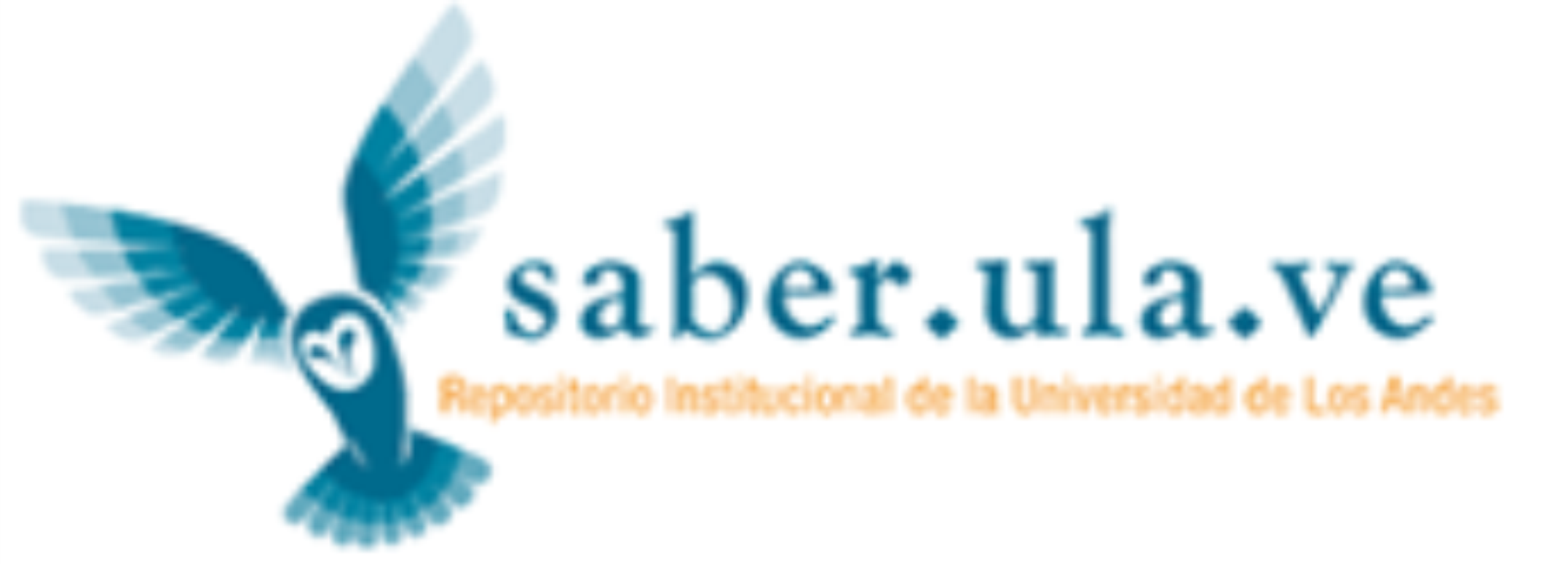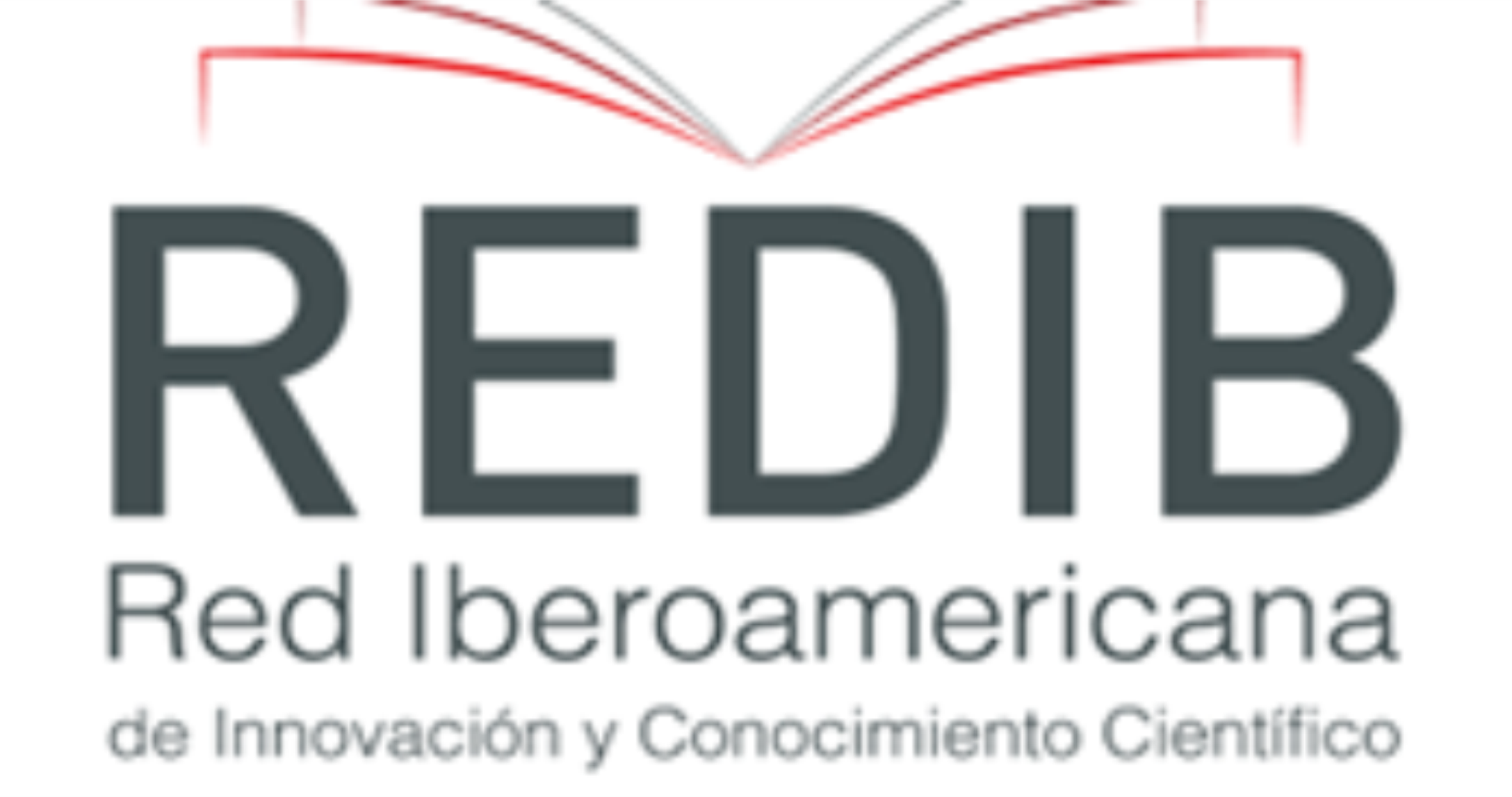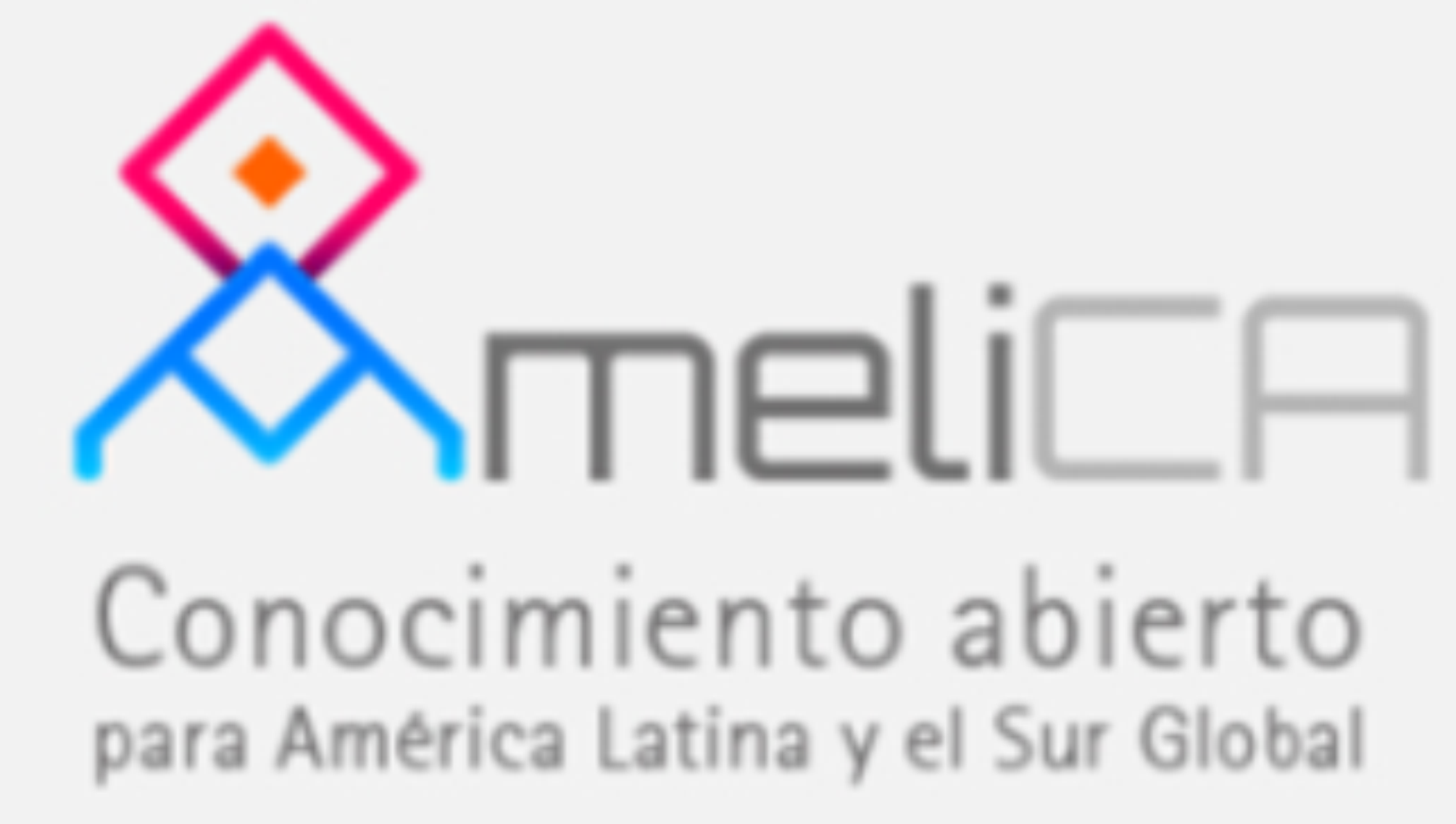COMMUNICATION AS A STRENGTHENING ELEMENT OF INTERPERSONAL RELATIONSHIPS
DOI:
https://doi.org/10.56219/lneaimaginaria.v1i20.3712Keywords:
Communication, strengthening element, interpersonal relationshipsAbstract
The research was established as a purpose to describe communication as a strengthening element of interpersonal relationships in workers in the work environment. It should be noted that the art of communicating allows the sharpness and depth of thoughts and interaction with the real world in which one lives, if communication occurs in a fluid manner taking into account respect, tolerance, negotiation, emotional control among others, some of the elements that at the same time allow interacting in a positive way will be carried out, thus creating a climate for motivation and teamwork. For the establishment and execution of a cognitive program. For this purpose, the exploration was aligned under a quantitative orientation, with a field study subject to the descriptive nature and under the feasible project modality; (48) workers, to whom a questionnaire mode tool containing 36 items was used, among the alternatives used are the options (S), Always, (AV) Sometimes and Never (N), the Cronbach Alpha reliability was established gave 0.91 which according to the criteria has a very high reliability. The data were examined using the percentage analysis technique in the elements that help communication and its way of carrying it out where the results were directed with its greatest inclination to the option always in 46.17% which suggests that workers favorably use the essential components to achieve an operative communication in interpersonal relationships with coworkers; as for the elements that benefit the results for the response alternative always in 65.78% which indicates that workers favorably use in communication the elements that they maintain with their coworkers, therefore it is necessary to design the orientation program in order to continue strengthening interpersonal relationships.
Downloads
References
Anolli, I. (2016). La comunicacion en grupos y organizaciones. Buenos Aires Argentina: Creas Actalianza.
Arieas, E. (2019). Metodologia de la Investigacion. 2da ed. Colombia: Editorial Universidad del valle.
CIPPSV. (2018). Manual para la elaboracion y presentacion de trabajos de grado. Caracas.
Favaro, D. (2018). Planificación de la comunicacion en grupos y organizaciones . Buenos Aires. Argentina: Creas Actalianza.
Firzgenal, M. (19 de 11 de 2023). Recuperado el 15 de 01 de 25, de https://espacio.digital.upel.edu.ve/index.php/TD/article/view/682
Garcia, A. y. (2015). El juego infantil y su metodologia. MAdrid: Editex.
Hernandez, R. F. (2016). Metodologia de la Investigacion. 7 ma ed. Mexico: McGraw-Hill.
Hurtado. (2008). El proyecto de Investigacion. Comprension holistica de la metodologia y la investigacion. 6ta (ed) . Colombia: Quiron Ediciones.
Lebrines, C. (17 de 04 de 2023). La importancia de la comunicacion interpersonal. Recuperado el 15 de 02 de 2025, de https://iberoeconomia.es/opinion/laimportancia-de-la-comunicacion-ineterpersonal/
Mendez, C. (2008). Metodologia de la investigacion. Mexico: MCgraw-Hill.
Palella, s. y. (2018). Metodologia de la Investigacion Cuantitativa. 2da ed. España: Editorial de la Universidad Pedagogica Experimental Libertador (FEDEUPEL) Caracas Venezuela.
Radas, G. (15 de 02 de 2010). Cuestionario. Recuperado el 15 de 02 de 2025, de http.//www.slideshare.net/ggsradas/cuestionario-438421.
Saavedra, I. (2016). Introduccion a la sostenibilidad. Coruña. España: Net- biblo. la.
Silva, J. (2015). Metodología de la investigación. (Elemmentos Basicos) 3era ed. Venezuela: CO-BO.
Weiman, M. (2019). La comunicacion en las relaciones interpersonales. Madrid. España: UOC.
Downloads
Published
How to Cite
Issue
Section
License
Copyright (c) 2025 LÍNEA IMAGINARIA

This work is licensed under a Creative Commons Attribution-NonCommercial-ShareAlike 4.0 International License.
La revista Línea Imaginaria conserva los derechos patrimoniales (copyright) de las obras publicadas, que favorece y permite la reutilización de los mismos bajo la licencia Creative Commons Atribución-NoComercial-CompartirIgual 4.0 , por lo cual se pueden copiar, usar, difundir, transmitir y exponer públicamente, siempre que se cite la autoría y fuente original de su publicación (revista, editorial, URL y DOI de la obra), no se usen para fines comerciales u onerosos y se mencione la existencia y especificaciones de esta licencia de uso. Si remezcla, transforma o crea a partir del material, debe distribuir su contribución bajo la misma licencia del original.













